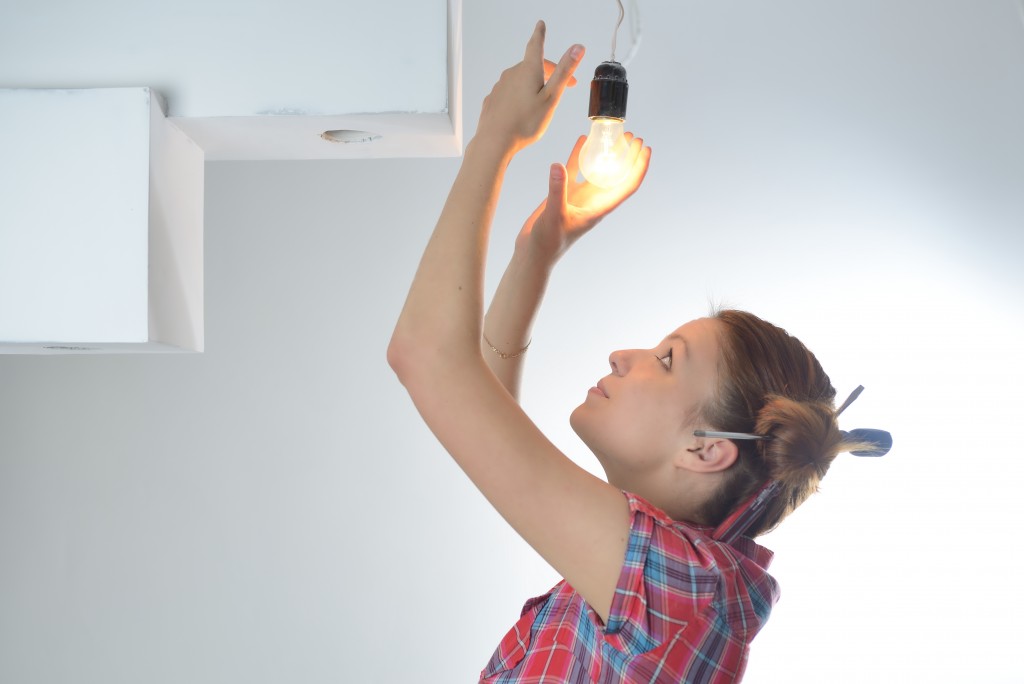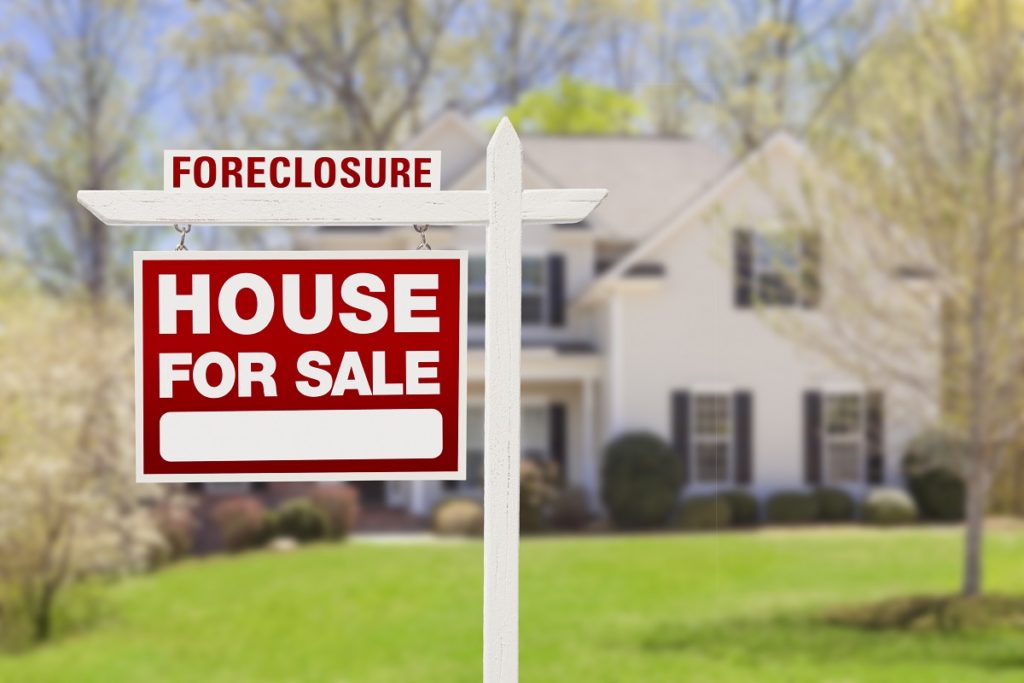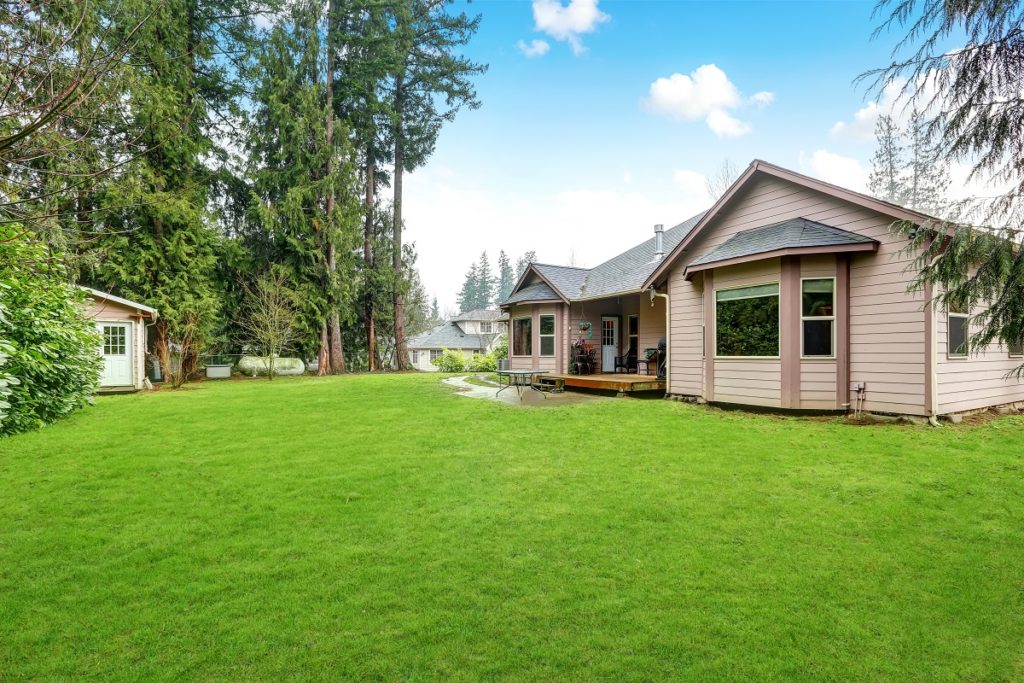We’re lucky to live in a time when a growing number of people are taking steps to minimize their ecological footprint. Advancements in green technology, transportation, and energy have made it easier for everyone to lead a more environmentally conscious lifestyle. But despite all these improvements, many people continue with their old, wasteful ways.
Green initiatives have also found its way into real estate. In the United Kingdom and the European Union, energy performance certificates, or EPCs, are now required when constructing new buildings. A physical property is given a letter grade based on its energy efficiency: From “A” for Very Efficient up to “G” for Inefficient.
EPCs are just one of the many changes we’ve made to reduce our impact on the environment. If you want to adopt a more eco-friendly lifestyle, there are things you can do to improve your home’s energy efficiency. Here are some of them:
1. Be more mindful of energy consumption
You don’t need to buy new smart appliances to improve your home’s energy efficiency, although it certainly helps. For starters, being more mindful of your energy usage goes a long way in reducing your power bills. Unplug appliances when not in use and switch off lights when leaving the room. You can also occasionally forego creature comforts such as dryers and dishwashers.
2. Adjust the thermostat
One of the most energy-intensive parts of the home is the climate control. Something as simple as adjusting the thermostat a few degrees can translate to significant savings on power bills. Heating and cooling are responsible for up to 50 percent of a home’s energy bills, so lowering the heat during winter and reducing air conditioner use mitigate the impact of home climate control on the environment.
Another way to reduce heating and cooling costs is to use a smart thermostat. You can program a smart thermostat to automatically shut down at certain times, like when nobody’s home. Some thermostats also tell you if the filters need replacement.
3. Replace old lighting
 Many old homes still use incandescent lighting, which consumes more electricity and has a shorter lifespan compared to its newer and more energy-efficient counterparts. Swapping old incandescent bulbs for halogen, fluorescent, or LED lighting can reduce your energy consumption by 20 percent.
Many old homes still use incandescent lighting, which consumes more electricity and has a shorter lifespan compared to its newer and more energy-efficient counterparts. Swapping old incandescent bulbs for halogen, fluorescent, or LED lighting can reduce your energy consumption by 20 percent.
While the initial cost of green lighting is higher than incandescent bulbs, you save more money in the long run once you factor in energy savings and replacement costs.
4. Use power strips
You might be surprised to know that some electronic devices, even they’ve been turned off, still draw power as long as they’re plugged into an outlet. According to some estimates, over half of household appliance energy use happens this way.
Using power strips to regulate energy use eliminates this simple problem. Just switch off the strip once you’re done using the device.
Energy efficiency is not just a buzzword. If we want to protect the environment and lower our eco-footprint, we need to be more conscious of our energy use. These tips will help you lead a more eco-friendly lifestyle.

